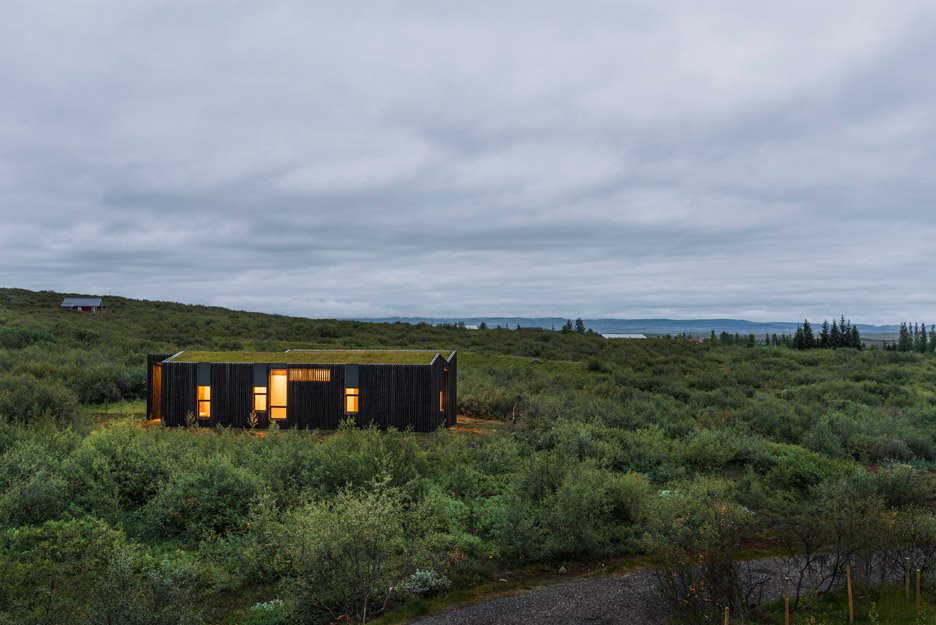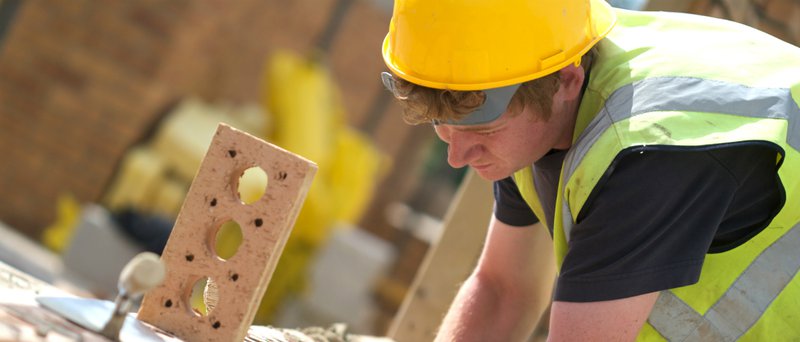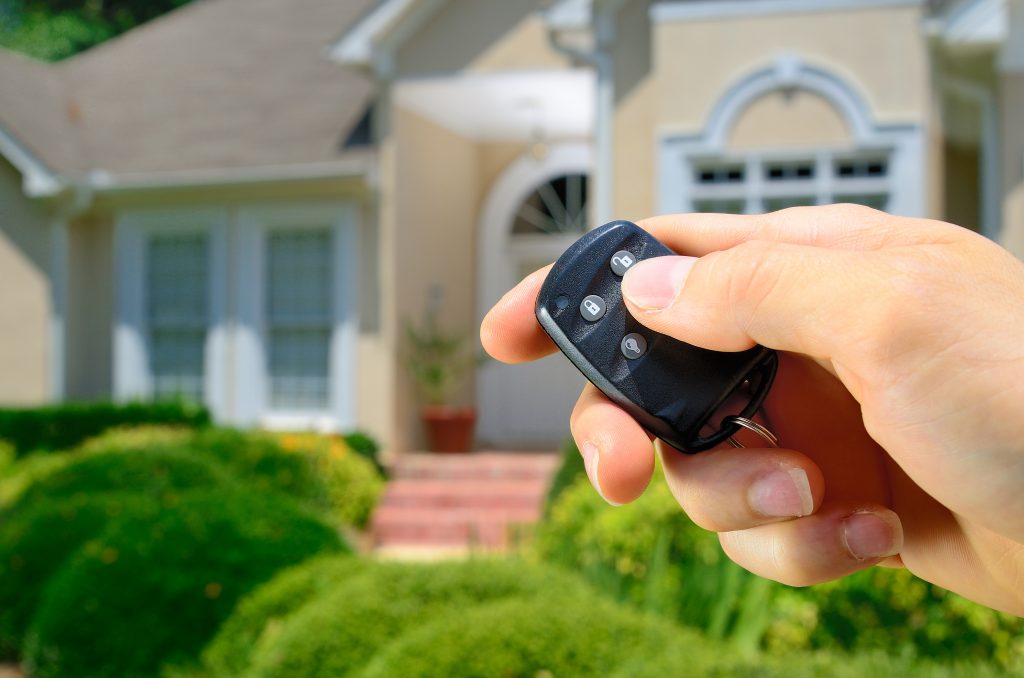As people are getting more and more environmentally conscious, and land is getting scarcer, green roofs are getting more and more popular. Not only are they an effective means of waterproofing and solidifying your garage roof, but they can be used to cultivate foods like herbs and vegetables. Or if you just want sometahing nice to look at you can plant wild flowers and they will simply be very attractive to look at. They are a fantastic way to extend the size of your garden and can draw a bit more nature and wildlife to your home.
If you are tempted to try and install one then it is worth taking your time over and doing it properly. If it is not done properly then a poorly constructed roof garden can lead to some devastating consequences further down the line. There are also certain physical and mechanical restrictions that need to be taken into consideration before embarking on a project like this.
It is not recommended that you install a roof with a slope greater than 10 degrees, for the simple reason that you risk your roof garden not ‘holding’ and sliding off. It is not impossible however. To install a roof garden on a slope of more than 10 degrees you would need to add some sort of support and lattice work.
Also you need to ensure that your garage roof can take the added weight of the soil, vegetation and plant life. Typical lightweight green roofs weigh between 60-150kg/m2, which any quality garage roof should be able to take. You also have to consider the added weight of rain and snow that can sit on the garden, adding to the weight. If you are unsure about any of the above then it could be worth contacting a structural engineer or reinforcing your existing garage roof.
Once you have your ‘groundwork’ sorted it is time to start actually building your roof. A green roof is made of several layers, each as important as the other.
- Immediately on top of the roof a root resisting waterproof layer is required
- This is followed by a drainage board.
- Then follows a filter layer.
- After this is a thick layer of substrate.
- Finally on top is your vegetation.
One of the best advantages of a green roof is the lack of maintenance needed. They will probably only require tending to once or twice a year. If there is a particular dry spell then it could be worth topping up the water level manually. You should also make sure that any drain outlets and gravel boarders are free of vegetation. If any bare areas appear then just plug with seeds, plants or cuttings.



